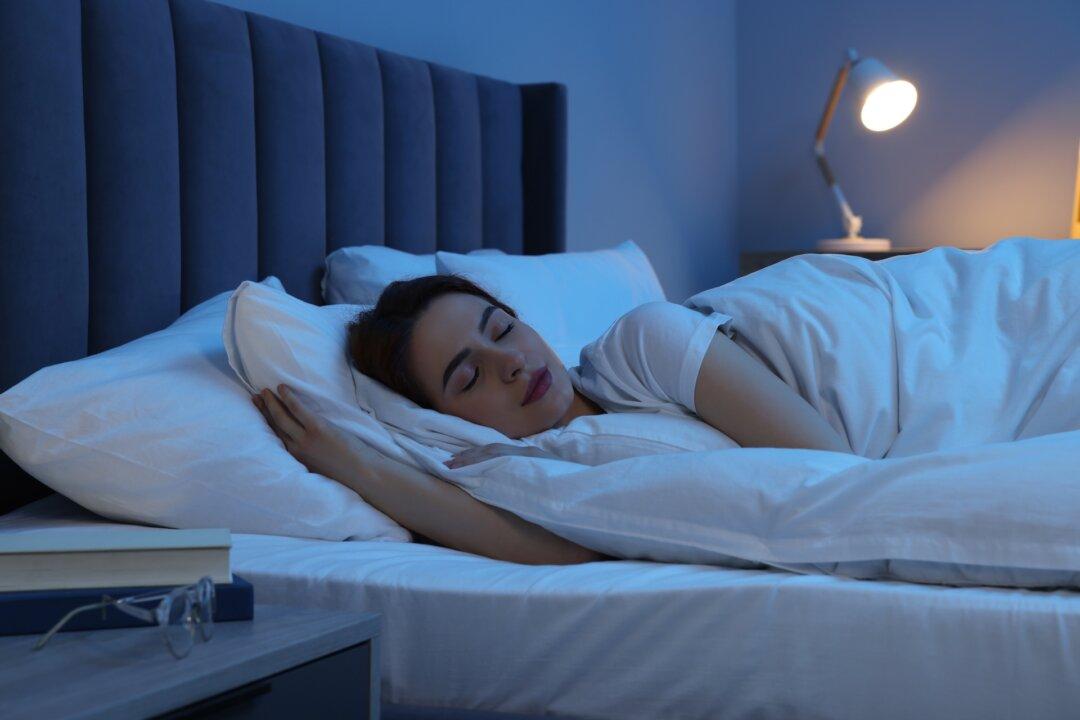These days, a trip to the grocery store requires nerves of steel. The cost of everything, it seems, is soaring. Why? Can we blame the pandemic? Will prices return to pre-pandemic levels once this thing settles down? Will it ever go away? Who knows? One thing is for sure: It’s time to hunker down and find reasonable ways to cut food costs every way that we can.
Here’s one: Stop buying bottled water.
I cannot pinpoint exactly when it happened, but gradually over the past decade or two, the general population of this country formed a belief that bottled water is better than tap water—safer and healthier, too.
It’s easy to see where this idea originated. It was with bottled water suppliers. How ingenious for them to convince otherwise normal people to pay between 240 and 10,000 times more to purchase water in a bottle because it’s “purified,” rather than to get it from the supply we’re already paying for that comes out of the taps in our homes.
Tap Water Is Cheaper
These days, a 16-ounce bottle of “spring” or “purified” water goes for about a dollar, which works out to about $8 a gallon—twice the cost of milk, and about par with bottled soft drinks. Home delivery of water in those big, heavy bottles is less per gallon but still around $40 a month, according to online averages.The average household cost for town water in the U.S. is 66 cents per cubic meter, which is 265 gallons, or 4,240 8-ounce glasses of water—enough to last the average person 530 days (consuming eight 8-ounce glasses per day). Another way to price it: Sixty-two 8-ounce glasses of water cost about 1 cent.
Tap Water Is Safer
This may startle you, but it is absolutely true: Tap water is safer than bottled water. How could that be? The reason is simple. The water supply in the U.S. is regulated by the Environmental Protection Agency under very strict guidelines and rules that are heavily enforced.Bottled water is subject to Food and Drug Administration rules, which are far less stringent. For example, tap water by law requires disinfection. Testing for bacteria must be conducted hundreds of times per month. Bottled water, on the other hand, is not required to be disinfected; the frequency of bacteria testing is fewer than five times each month.
In “Bottled and Sold: The Story Behind Our Obsession with Bottled Water,” author Peter H. Gleick, MD, points out that the FDA doesn’t monitor certain contaminants that may be in packaged water, and doesn’t require producers to provide quality reports. “Our standards for protecting both ought to be stricter,” said Gleick. “But tap water is better regulated.”
Tap Water Is Healthier
Tooth decay in children is making a big comeback. The culprit? Bottled water. It’s not the water that’s causing the decay, according to the World Dental Congress. It’s the lack of fluoride. Parents believe they are giving their children a superior product in bottled water, but in fact, they are depriving kids of the fluoride and minerals they need to build healthy teeth and bodies. Fluoridation, present in most public water supplies, has become recognized as a key intervention in tooth decay.So, the next time you feel thirsty, don’t reach for a bottle. Instead, turn on the tap. You'll be drinking water that is just as safe, or safer, than bottled water, and saving money, too. Get the kids to switch, and you just might head off big dental bills down the road as well.
Pro Tip
Don’t like the taste of your tap water? Invest in a filter pitcher, install an inexpensive faucet filter, or look into reverse osmosis. It will pay for itself in no time in the money you won’t be spending on bottled water.




